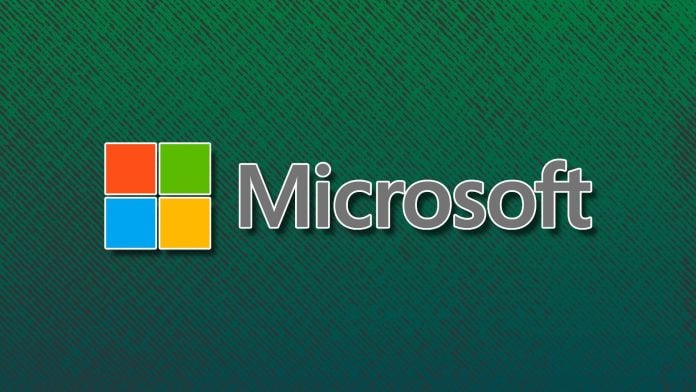Power BI has launched a game-changing tool aimed at streamlining the storytelling process for small businesses. The recently unveiled Power BI Controller add-in for PowerPoint addresses a common pain point: managing multiple Power BI add-ins within presentations. With this innovative feature, users can execute bulk operations to ensure that their data-driven presentations remain accurate and engaging.
Small business owners often rely on data to guide their decisions, and presenting that data effectively can significantly impact stakeholder engagement. The Power BI Controller allows users to efficiently manage reports and visuals embedded in PowerPoint, which can be crucial for high-stakes meetings and presentations.
One key advantage of the Power BI Controller is its ability to enable users to operate multiple add-ins from a centralized interface. This feature emerged directly from user feedback, which highlighted the workload of updating multiple add-ins for recurring presentations—tasks that typically require repetitive manual updating can now be completed with a single action.
Imagine a business leader preparing for a monthly review with various embedded reports on sales, operations, and finance. Traditionally, this would involve switching multiple add-ins between live and snapshot views—an effort that consumes valuable time. With the Power BI Controller, users can easily transition all add-ins to live view to display the latest data, and, after the presentation, revert them back to snapshot mode for secure sharing of finalized content.
The add-in also ensures consistency across presentations, which is vital in maintaining brand integrity and avoiding discrepancies that can arise from manual updates. According to a Power BI representative, "The Power BI Controller serves as a central command center for all Power BI add-ins within a presentation, allowing for efficient operations and significant time savings."
To access the Power BI Controller, users simply need to navigate to the ‘Add-ins’ section in the PowerPoint ribbon and search for "Microsoft Power BI Controller." This intuitive process makes it easy for small business owners to integrate the tool into their workflow.
While the benefits are clear, there are a few potential challenges that small business owners should note. For instance, when applying a command across presentations, only add-ins compatible with that command will execute it, while others will report as not applicable. This might create some confusion if not managed properly. It serves as a reminder for users to familiarize themselves with their add-ins’ functionalities to avoid unexpected outcomes during crucial presentations.
Nevertheless, the Power BI Controller represents a significant leap in how small businesses can leverage data in their presentations. Feedback from the user community will likely play a crucial role in the tool’s future enhancements. As business leaders explore this new feature, they are encouraged to share their experiences and insights, which will aid in shaping ongoing development. Power BI urges its users to continue providing feedback and voting on future feature ideas, creating a collaborative environment that is responsive to the needs of small businesses.
For more detailed information about the Power BI Controller and its functionalities, visit the official post. Utilizing this tool can dramatically simplify the preparation and execution of data-driven presentations, keeping small businesses competitive in today’s fast-paced environment.
Image Via BizSugar



